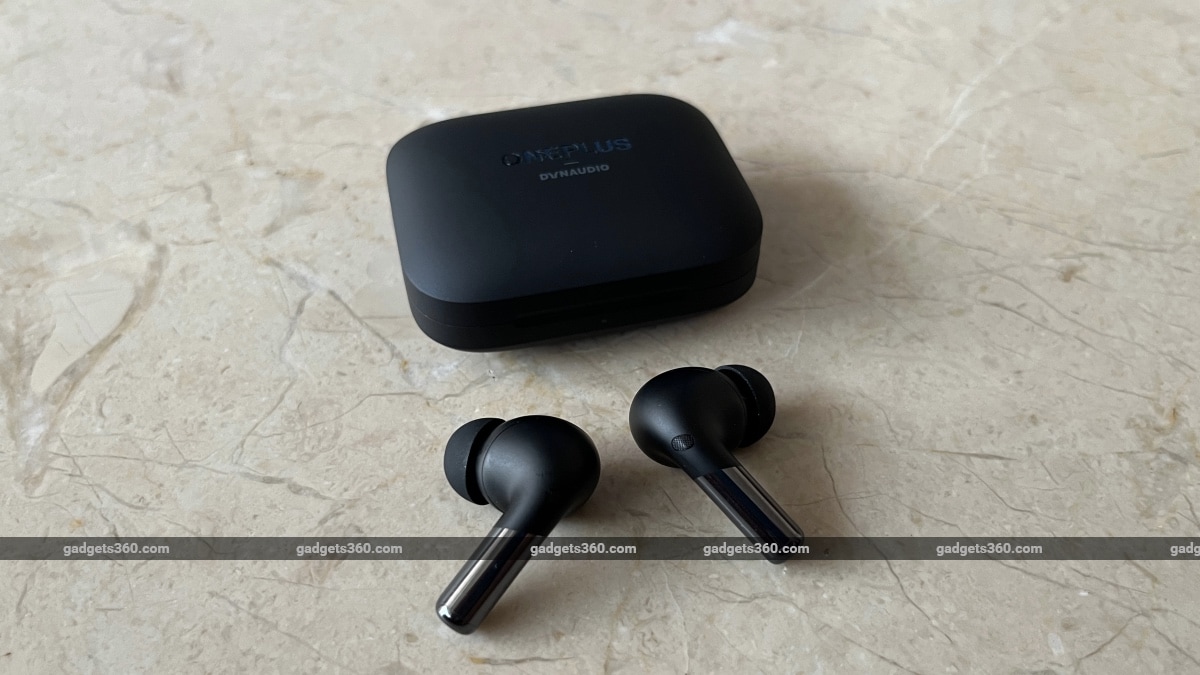“We have a lot of people buy wearables and then stop using them,” said Paul Landau, president of Fitbug, a British maker of fitness trackers. Landau attended the International CES gadget show in Las Vegas last week, promoting a series of 12-week fitness coaching programs that offer detailed and custom recommendations for getting in shape. “If you want to help people,” said Landau, “they’ve got to have more than just self-tracking.”
Health monitors aren’t just for fitness buffs. Startups and big tech companies at the gadget show promoted all kinds of uses for the data generated by wearable sensors – from mindfulness exercises to figuring out the best time to get pregnant. Other companies aim to offer value by aggregating data from different sources, so it can be viewed and interpreted together. That could be useful, but it also raises a host of privacy concerns.
Turning data into an experience
“A lot of wearables today are just throwing numbers at people. We’re looking to synthesize that data and turn it into an experience,” says Jason Fass of Zepp Labs, a Silicon Valley startup that makes a tiny, wearable motion sensor for tennis, baseball and golf enthusiasts.
![]()
Zepp has been selling sensors for a year, Fass said in an interview at CES, but he’s hoping weekend athletes will see more value in Zepp’s new smartphone app. It shows users an animated analysis of their swing, and lets them compare their moves with videos of pro athletes.
The trend goes beyond sports. A Canadian startup called InteraXon displayed a headset that can measure brain activity, by tracking electrical impulses. It connects to an app that provides mental exercises to relax or focus the mind, but founder Ariel Garten predicts the technology might be integrated with other services in the future – to automatically adjust a wearer’s iTunes playlist, for example.
Other exhibitors showed wearable motion sensors designed for the elderly person who lives alone, keeping a record of daily activity and sending an alert to family members if, for example, the wearer falls, or isn’t following his or her usual pattern of moving around the house.
Colorado-based Prima-Temp introduced a cervical ring containing an electronic sensor that’s designed to track a woman’s internal body temperature. It can send a smartphone alert to the woman – and her partner – when it’s her optimum time to conceive a child.
![]()
Tiny sensors that can track activity and health data have been a fixture at CES in recent years. One in 10 Americans owns a fitness activity tracker – typically a wristband that measures things like heart rate, breathing and movement, according to the Consumer Electronics Association, which organizes the annual show. The Gartner research firm estimates more than 70 million such devices were sold worldwide last year. And that doesn’t count more sophisticated wearables that can measure body temperature, glucose levels or other health indicators.
But as the novelty of these devices wears off, said CES chief economist Shawn DuBravac, consumers will become less interested in “what technologically can be done” and more focused on “what’s technologically meaningful.”
Gathering the data in one place
Apple and Google have developed mobile device software that can gather health and fitness data from wearables and other sources, displaying it in ways that are easy for consumers and their doctors to interpret. Samsung and Blackberry are also working on software to collect medical data.
Silicon Valley startup Bellabeat makes several devices aimed at women, including a wearable activity tracker that looks like jewelry, a weight scale and a fetal heartbeat monitor for pregnancy. Instead of showing readings on each device, they’re designed to send information to a single smartphone app, “where you can see how your data is connected,” said co-founder Urska Srsen.
![]()
“The future is going to be one where all your information is going to be in one place,” said WebMD CEO David Schlanger.
Scientists from a South African company, LifeQ, were making the rounds at CES to promote their notion of using sophisticated algorithms to analyze data from a variety of wearable devices. LifeQ founder Riaan Conradie says his company can use “bio-mathematical modeling” to make meaningful health predictions, such as whether a person is at risk for a heart attack.
But who gets to see all the data?
The prospect of collecting and analyzing so much personal data – especially sensitive medical records – raises a host of privacy concerns. Consumer advocates worry the information could be used by insurance companies to deny coverage or raise rates. Speaking at CES last week, Federal Trade Commission chief Edith Ramirez warned tech companies against selling health information to data brokers, and urged them to guard against hackers.
Prima-Temp’s Costantini said the information her company gathers on body temperatures and fertility might someday be analyzed for broader medical insights. But she said identities will always be shielded and all data is stored in compliance with federal confidentiality rules for health records.
Companies that collect health information can’t operate in the same way as, say, online retailers who tell advertisers what kind of shoes you like to buy, said Samsung Electronics president Young Sohn.
“We can’t just share that information like the marketing data you might get out of some e-commerce application,” said Sohn.



